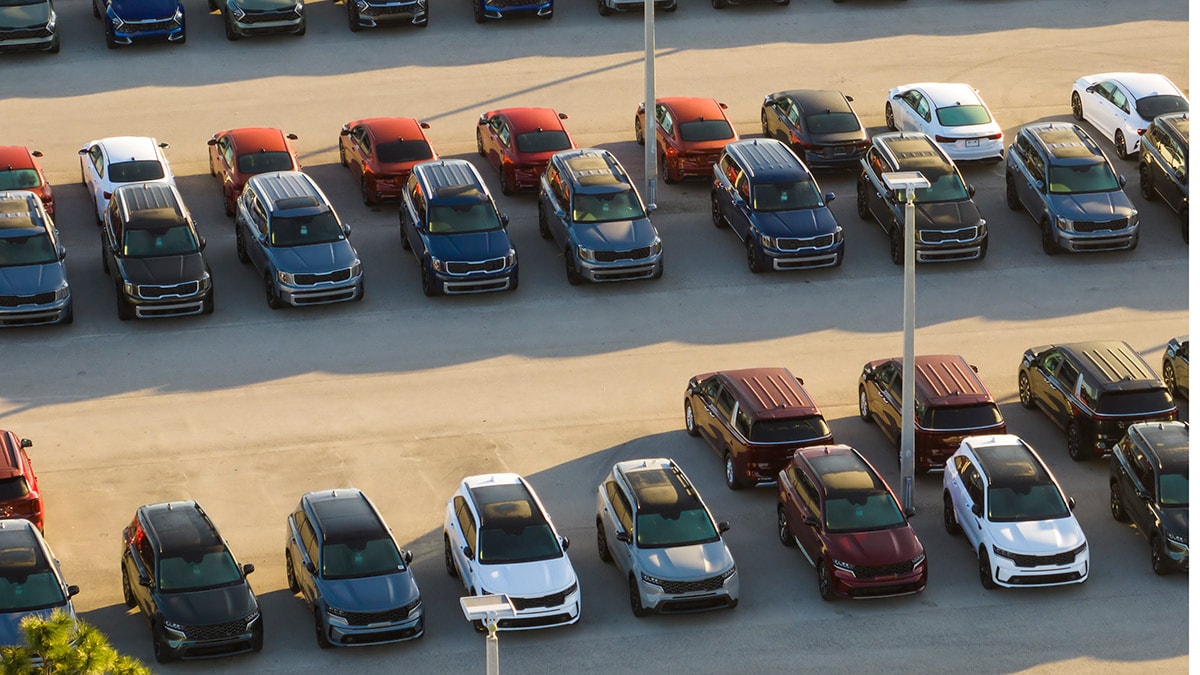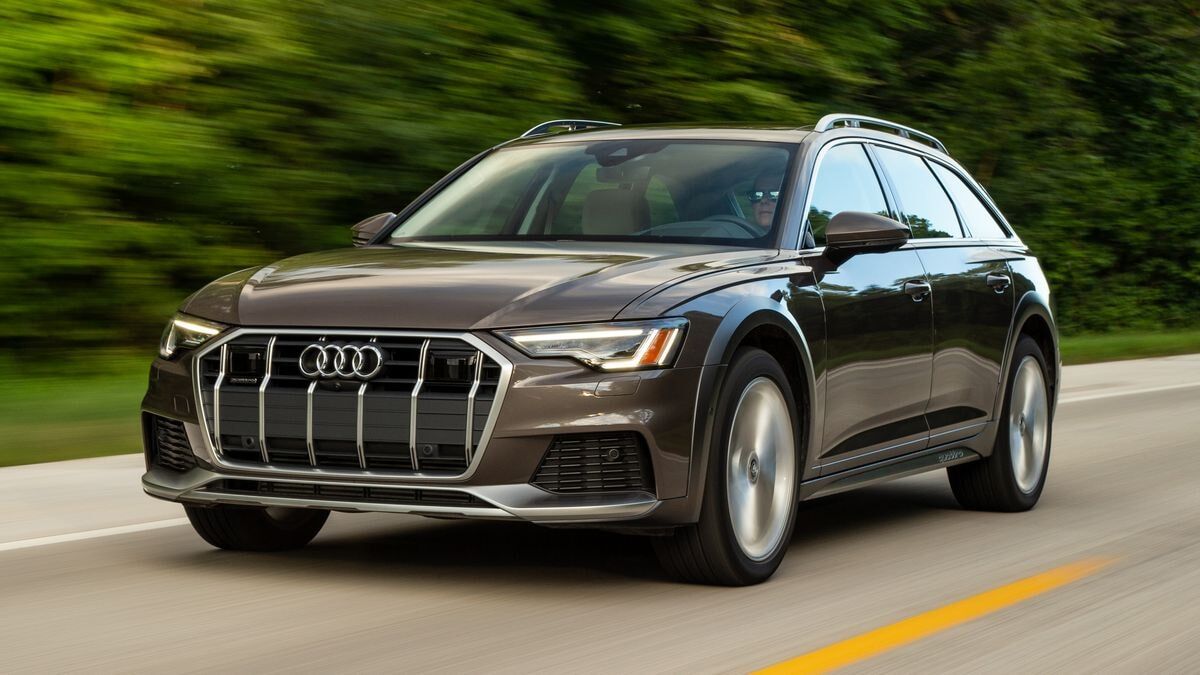In many ways, November was a good month for car shoppers. The average new car buyer negotiated discounts worth 8% of the purchase price – not a record high, but a recent high. Credit access loosened, making it easier to borrow to buy a car.
However, the final sale price of the average new car rose, mostly due to Americans choosing more expensive cars than they had the month before. That made it harder for the average earner to afford a new car last month.
We measure affordability in terms of time. The Cox Automotive/Moody’s Analytics Vehicle Affordability Index measures how long the average American would need to work to pay off the average new car. Kelley Blue Book parent company Cox Automotive publishes the index.
That time frame almost returned to pre-pandemic normal this year. The index had routinely moved between 32 and 36 weeks for most of a decade until the COVID-19 pandemic hit. That crisis distorted supply chains worldwide and sent the index soaring. It peaked at 44 weeks in December 2022.
By September, it was back down to 36.1 weeks. But it has since ticked up, reaching 37.9 last month. Lower interest rates, higher incentives, and increased incomes could not offset the impact of rising prices.
“In November, affordability saw a slight dip from the previous month as demand intensified, but the good news is that new vehicles are still more affordable compared to a year ago,” said Jonathan Smoke, chief economist at Cox Automotive.
The typical monthly payment in November rose by 1.0% to $756.
The data, however, contain good news. The increase is happening by choice, and buyers looking to pay less can still do so.
The average new car shopper paid $48,724 last month. But plenty of shoppers spent less. Compact SUVs, the best-selling segment of the car market, averaged a $36,858 final price.








